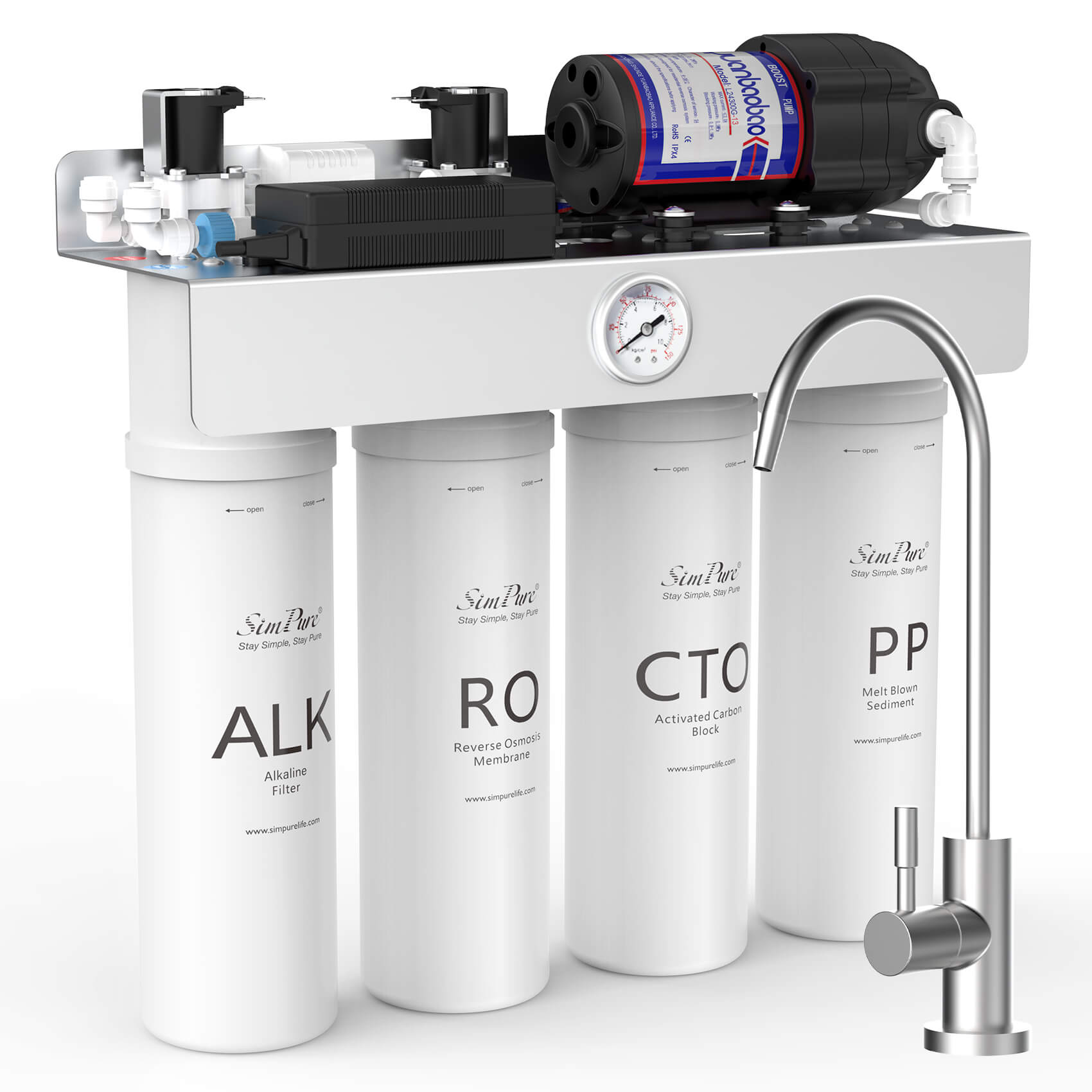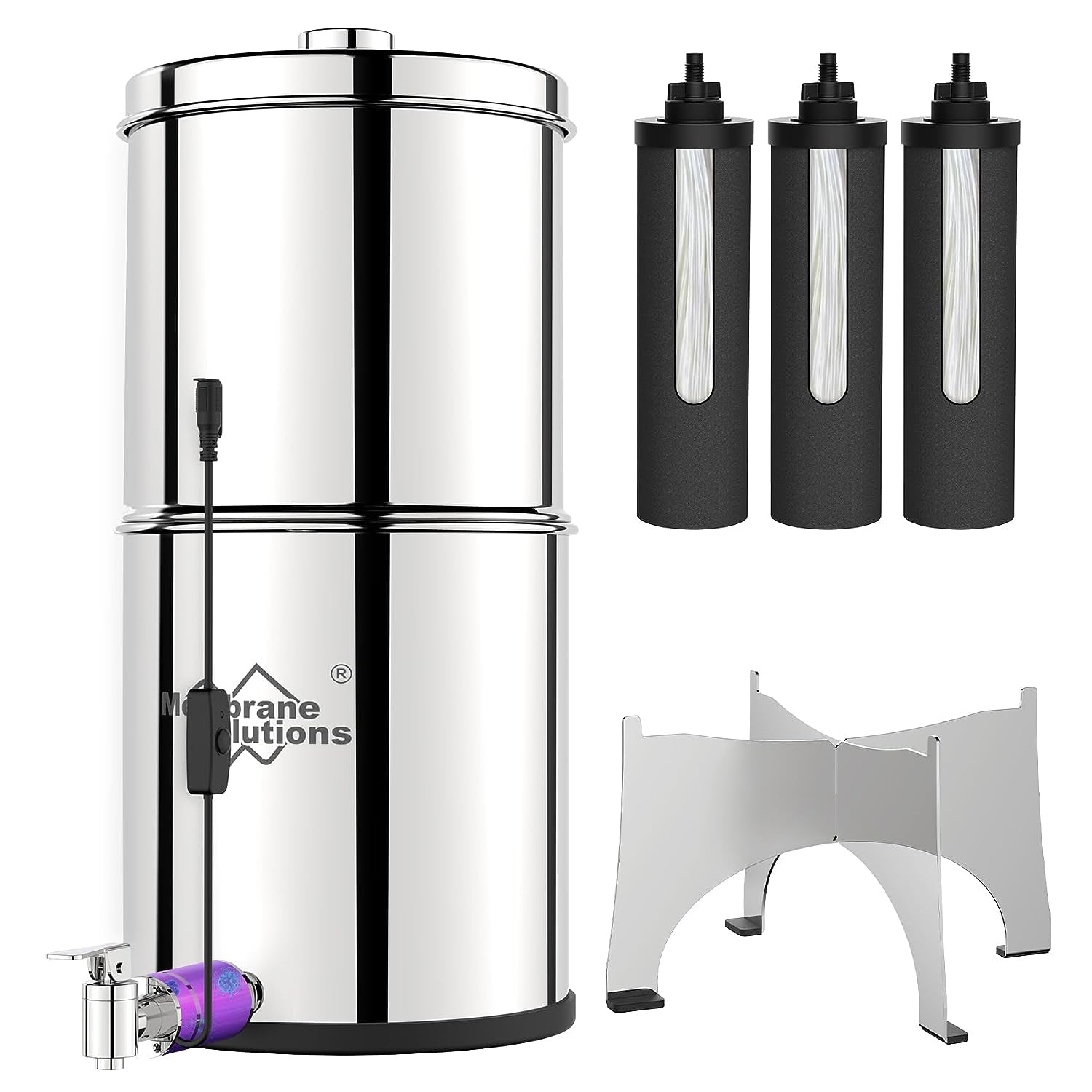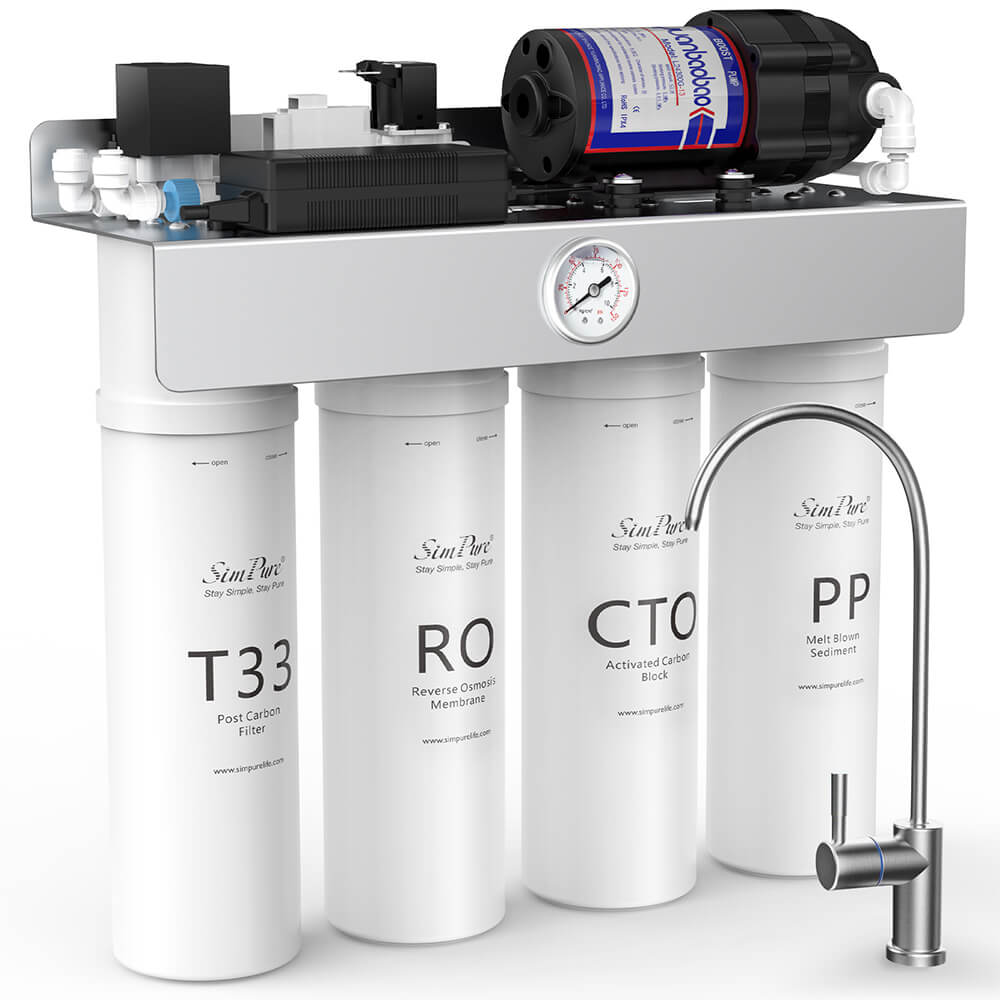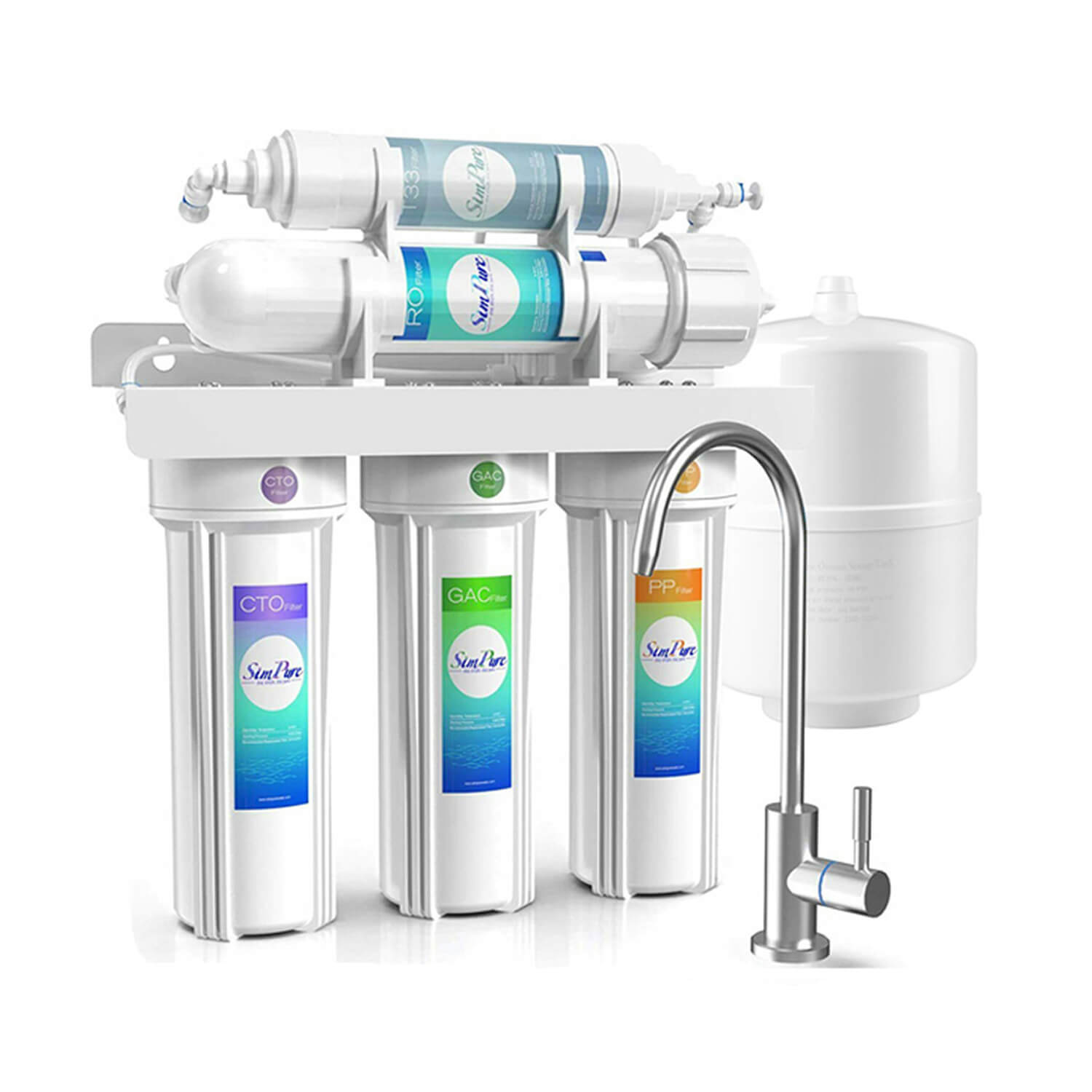Whether you really know it or not, you must have heard of VOCs. The presence of volatile organic compounds (VOCs) in the indoor environment poses a potential risk to our health. In this article, we look at the impact of VOCs on indoor air quality, the associated health risks, and how well different types of air filters remove VOCs. Specifically, we'll address the following questions: Do air purifiers remove VOCs, and more specifically, are HEPA filters or activated carbon filters effective at removing VOCs?
Table of Contents
1. VOCs: What You Need to Know
2. HEPA Filters Alone Are Nearly Ineffective for VOCs Removal
3. Instead, Activated Carbon Filters Are Effective for VOCs Removal
4. Best Indoor Air Quality Solution: HEPA and Carbon Filter Combo
1. VOCs: What You Need to Know

The term VOC encompasses different definitions that may vary across countries. In general, Volatile Organic Compounds (VOCs) refer to organic compounds that have a high vapor pressure at room temperature. VOCs are emitted by numerous products, spanning a wide range of household and commercial items. Examples include paints, cleaning supplies, adhesives, office equipment like copiers and printers, correction fluid, furniture, building materials, tobacco smoke, vehicle exhaust, and industrial emissions.
VOCs' Impact on Indoor Air Quality
The volatile organic compounds (VOCs) are released as gases from certain solids or liquids. And many VOCs tend to have consistently higher concentrations indoors compared to outdoors. According to the EPA's Total Exposure Assessment Method (TEAM) study, levels of approximately a dozen common organic pollutants were found to be 2 to 5 times higher indoors than outdoors, regardless of whether the residence was situated in a rural or heavily industrialized area.* The presence of VOCs in indoor environments can significantly impact air quality. The continuous emission of VOCs from various sources can result in poor indoor air quality, which in turn can lead to potential health issues.
Health Risks Associated with Exposure to VOCs
VOCs encompass a broad range of chemicals, some of which can have detrimental effects on both short- and long-term health. Short-term exposure to VOCs can result in irritations of the eyes, nose, and throat, along with symptoms like headaches, dizziness, and nausea. Extended or high-level exposure to VOCs can lead to more severe health consequences, including damage to vital organs such as the liver, kidneys, and central nervous system. What is worth noting is that certain VOCs are classified as carcinogens and may elevate the risk of cancer over time. However, the degree of risk associated with VOCs depends on several factors, including the concentration of VOCs in the air, the duration and frequency of exposure, as well as individual sensitivities.
2. HEPA Filters Alone Are Nearly Ineffective for VOCs Removal
HEPA filter technology is widely utilized in numerous air purifiers available on the market today. Actually, HEPA filters are powerful in capturing particles as small as 0.3 microns, such as pollen, dust mites, pet dander, viruses, and bacteria, with an impressive efficiency of up to 99.97%. (You can learn more about HEPA filter by clicking What does the HEPA filter stand for?) However, it is important to note that HEPA filters alone cannot effectively remove VOCs from indoor air. This is because VOCs consist of gas molecules that are significantly smaller than the particles typically captured by HEPA filters. In fact, many VOC molecules are thousands of times smaller than the materials that HEPA filters can trap, making it challenging for them to effectively capture VOCs.
3. Instead, Activated Carbon Filters Are Effective for VOCs Removal
Activated carbon filters excel at efficiently removing VOCs (Volatile Organic Compounds) from the air. Their exceptional effectiveness stems from the high adsorption properties of activated carbon and its porous structure, which offers a large surface area for trapping VOC molecules. This adsorption process efficiently eliminates VOCs from the air by attracting and immobilizing them on the carbon surface. Through this mechanism, activated carbon filters can capture a wide range of VOCs, including various organic compounds and odorous substances. Consequently, these filters greatly reduce VOC concentrations and eliminate odors, leading to a significant enhancement in indoor air quality.
Factors Affecting Activated Carbon Filter Efficiency in VOCs Removal
1. Airflow Rate and Contact Time
Airflow rate and contact time play a significant role in the effectiveness of activated carbon filters in removing VOCs. It is crucial to maintain an optimal airflow rate to ensure that there is enough contact time between the air and the activated carbon for efficient adsorption. This balance ensures that the filter performs effectively without compromising its overall performance.
2. Activated Carbon's Quality, Thickness, And Replacement
The quality of the activated carbon used in the filter, along with the thickness of the carbon bed, directly affects its ability to adsorb VOCs. High-quality activated carbon with specific properties enhances the adsorption efficiency of the filter, and a thicker carbon bed allows for a longer contact time between the air and the carbon, maximizing the filter's ability to capture VOCs. At the same time, regular replacement of the activated carbon bed is essential to maintain the filter's efficiency over time. As the carbon bed becomes saturated with trapped VOCs, its adsorption capacity diminishes, necessitating timely replacement to ensure optimal performance.
3. Pre-Filtering
Pre-filtering the air prior to its passage through the activated carbon filter can significantly improve its efficiency. By using a pre-filter or employing multiple filtration stages, larger particles, dust, and debris can be removed. This pre-filtration step prevents the activated carbon filter from getting clogged and extends the lifespan of the activated carbon.
4. Best Indoor Air Quality Solution: HEPA and Carbon Filter Combo
The combination of an air purifier with HEPA and activated carbon filters not only efficiently eliminates VOCs from indoor air but also removes other pollutants like dust mites, pollen, pet dander, odors, kitchen odor, bacteria, and viruses. The SimPure MS600 air purifier for large rooms features a 3-in-1 true HEPA 13 filter, which can effectively capture particulate pollutants smaller than 0.3 microns, like pollen, smoke, pet dander, dust, and other allergens. And its optimal airflow rate and high-quality activated carbon filter can provide ample contact time for VOC adsorption. Additionally, the pre-filter can also provide preliminary filtration and enhanced protection, ensuring comprehensive air purification. We are confident that this comprehensive solution offers the best indoor air quality improvement for you.
In conclusion, HEPA filters alone are not sufficient for effectively removing VOCs from indoor air. To tackle the task of VOC removal, activated carbon filters are necessary because these filters possess unique adsorption properties and a porous structure that enables them to capture and eliminate volatile organic compounds. To achieve the best indoor air quality, investing in an air purifier that combines HEPA and activated carbon filters is the ideal solution. Such a combination can effectively reduce VOC concentrations, eliminate various pollutants, eradicate odors, and create a healthy indoor environment for your home.
*: https://www.epa.gov/indoor-air-quality-iaq/what-are-volatile-organic-compounds-vocs















